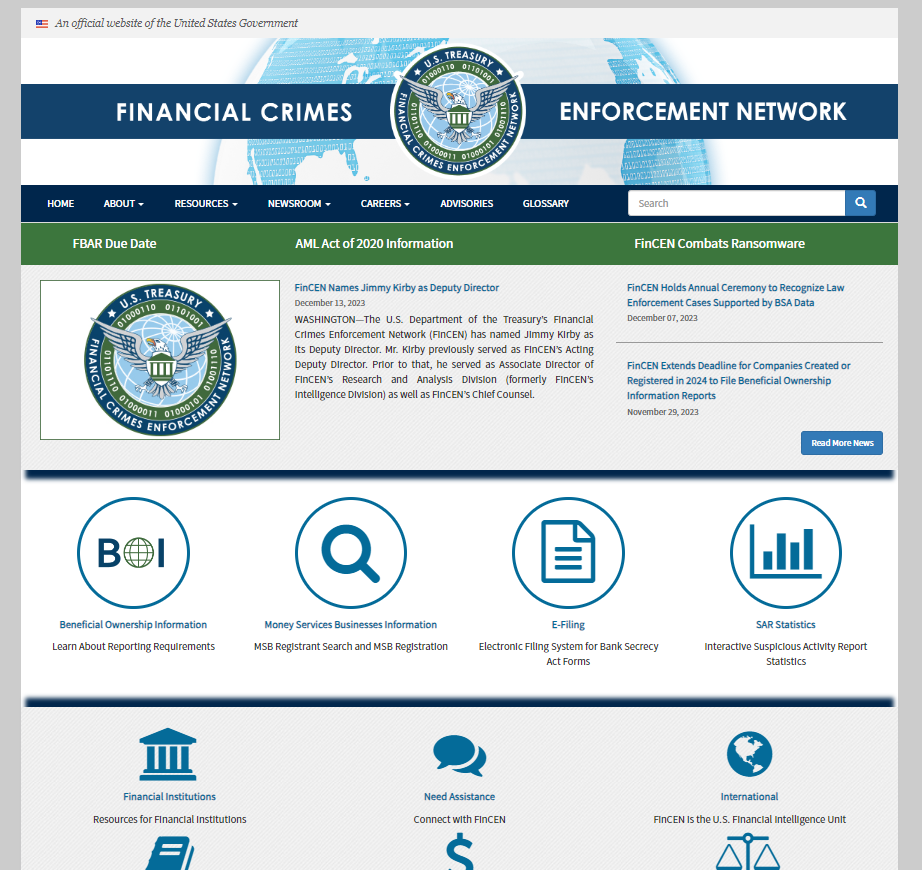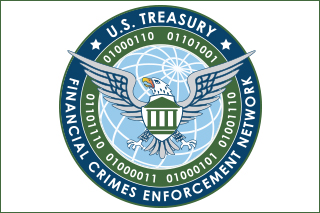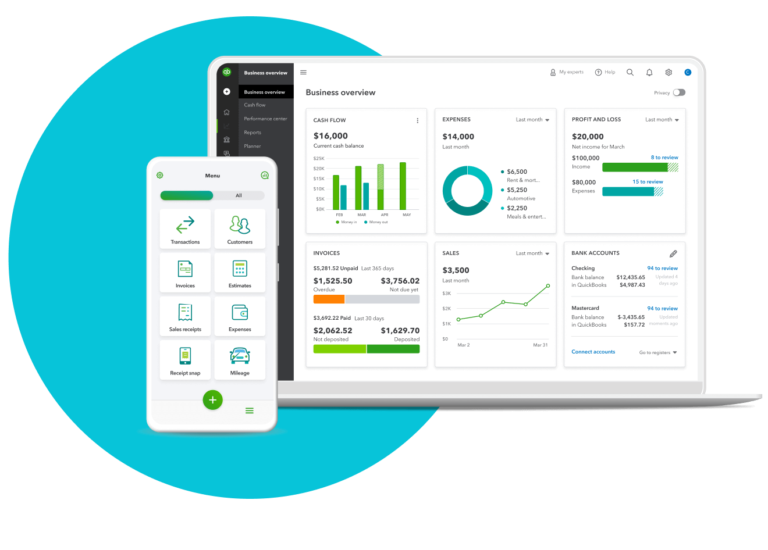Introduction to CTA
In a world where financial transactions and business dealings are increasingly complicated, transparency and accountability have become vital. The Corporate Transparency Act (CTA), signed into law in December 2020 as part of the National Defense Authorization Act (NDAA), represents a considerable step forward in promoting openness in corporate ownership. This groundbreaking legislation aims to combat money laundering, terrorism financing, and other illicit activities by requiring corporations to disclose their beneficial ownership information to the Financial Crimes Enforcement Network (FinCEN).
In this blog post, we explore the key sections of the Corporate Transparency Act and its potential impact on U.S. businesses and financial institutions.
You may think a new law does not affect you, but you could be wrong. It is estimated that somewhere between 30 and 40 million small and medium-sized businesses will be required to comply with the new law.
An earlier survey reported that over 90% of small business owners never heard of the Corporate Transparency Act.
If you are involved in an LLC, continue reading.
What is an LLC?
LLC typically means a Limited Liability Company or Limited Liability Corporation.

FinCEN Creation
The law establishes the Financial Crimes Enforcement Network (a unit of the U.S. Department of Treasury, known as “FinCEN”). Its mission is to create a massive database of business “beneficial” ownership information for use by government agencies in identifying the individual owners of privately held assets.
Beneficial Relationship
Before delving into the specifics of the Corporate Transparency Act, it’s essential to understand the concept of beneficial ownership.
Beneficial ownership refers to individuals who ultimately own or control a legal entity, such as a corporation. These individuals, often referred to as “beneficial owners,” may include shareholders, partners, or others with a significant stake in the business. Identifying these individuals is crucial for preventing the misuse of corporate structures for illegal purposes.
Effective Date
The Corporate Transparency Act was passed in 2021 to stop anonymity in business ownership that previously allowed owners to hide illicit financial dealings and launder money. The law is broad and was designed to stop criminal activity including the commingling of funds. Some of the funds were believed to be used in terrorist activities. Other cases included tax evasion.
The requirement to register is effective January 1, 2024. Existing companies have one year to file while new companies must file within 90 days of their creation or registration. You can register here.
Who Must Report
Corporations falling under the scope of the CTA include those that are created under state law, have a U.S. filing obligation, and do not fall into certain exempt categories. Exempt entities include publicly traded companies, registered investment companies, and certain others already subject to robust reporting requirements.
Beneficial Ownership Information
The reported beneficial ownership information typically includes the names, addresses, dates of birth, and unique identification numbers (such as a driver’s licenses or passport numbers) of the beneficial owners. The information is maintained in a confidential FinCEN database and is not publicly accessible.

How to Register
If you are required to report your company’s beneficial ownership information to FinCEN, you will do so electronically through a secure filing system available via FinCEN’s website.
Failure to Comply with the Corporate Transparency Act
Should you to file the report, you could be liable to pay fines of $500 per day, up to $10,000 maximum, or sentenced to two years of jail.
This law is not something you can ignore if you own a business, operate, or maintain a business entity.
Updates and Changes
Corporations are obligated to update their beneficial ownership information within one year of any changes and to annually confirm the accuracy of the information provided.
Access to Information
Law enforcement agencies and certain government authorities have access to the FinCEN database, enabling them to conduct investigations into potential financial crimes.
Potential Impact on Businesses and Financial Institutions
Enhanced AML Efforts
The Corporate Transparency Act strengthens anti-money laundering (AML) efforts by providing law enforcement with a more comprehensive understanding of corporate ownership structures, making it harder for illicit actors to hide behind complex corporate entities.
Compliance Challenges
While the legislation promotes transparency, some businesses may face challenges in complying with the reporting requirements. Navigating the complexities of beneficial ownership identification and reporting can be particularly daunting for large corporations with intricate ownership structures.
Privacy Concerns
Critics argue that the CTA may raise privacy concerns for individuals whose information is disclosed. Striking a balance between transparency and individual privacy remains a point of ongoing debate.
Conclusion
The Corporate Transparency Act represents a crucial legislative development in the fight against financial crimes and illicit activities. By requiring corporations to disclose their beneficial ownership information, the legislation aims to create a more transparent and accountable business environment. As businesses adapt to the new reporting requirements, it is essential to stay informed about the evolving regulatory landscape and to implement the necessary measures to ensure compliance. Ultimately, the Corporate Transparency Act contributes to the broader global effort to foster transparency, integrity, and accountability in corporate practices.
Closing the Beneficial Ownership Gap
The CTA addresses a significant gap in the regulatory framework by requiring certain corporations to disclose their beneficial ownership information. This information includes the identities of individuals who ultimately control or own a significant stake in a corporate entity.
Scope of Applicability
The legislation applies to a broad spectrum of corporations, including limited liability companies (LLCs), partnerships, and other similar entities. However, publicly traded companies and those already subject to rigorous reporting requirements are exempt from the CTA’s provisions.
Reporting Obligations
Covered corporations must submit detailed beneficial ownership information to the Financial Crimes Enforcement Network (FinCEN). This includes the names, addresses, dates of birth, and identification numbers of the beneficial owners. The information is maintained in a confidential database accessible only to authorized government entities.
Corporate Transparency Act Updates and Compliance
Corporations are required to update their beneficial ownership information within one year of any changes and to confirm the accuracy of the provided information. This dynamic reporting framework ensures that the information remains current and relevant.
Enhanced Law Enforcement Access
The CTA grants law enforcement agencies and specific government authorities access to the FinCEN database, providing a powerful tool for investigations into potential financial crimes and illicit activities.
Anticipated Impact on Businesses and Financial Institutions
Strengthening Anti-Money Laundering Efforts:
The Corporate Transparency Act bolsters anti-money laundering efforts by creating a more transparent environment, making it harder for criminals to exploit complex corporate structures for illicit financial activities.
Compliance Challenges and Solutions:
While the legislation introduces new reporting obligations, businesses may face initial compliance challenges. However, adapting internal processes and leveraging technology solutions can help streamline the reporting process and ensure adherence to the CTA’s requirements.
Balancing Transparency and Privacy:
As beneficial ownership information is disclosed, concerns about individual privacy have surfaced. Striking a delicate balance between transparency and privacy remains a ongoing challenge, requiring ongoing dialogue between regulators, businesses, and privacy advocates.
Corporate Transparency Act Additional Resources
Here are some additional resources that can provide more information and insights into the Corporate Transparency Act:
Financial Crimes Enforcement Network (FinCEN):
FinCEN’s Beneficial Ownership Information Center: FinCEN, the agency responsible for implementing the Corporate Transparency Act, provides resources and information on beneficial ownership reporting.
U.S. Department of the Treasury:
Treasury Department – Corporate Transparency Act: The U.S. Department of the Treasury offers information and frequently asked questions related to the Corporate Transparency Act.
National Defense Authorization Act (NDAA):
Text of the NDAA for Fiscal Year 2021: The Corporate Transparency Act is part of the National Defense Authorization Act for Fiscal Year 2021. Reading the full text of the NDAA provides context for the broader legislative framework.
Law Firms and Legal Publications:
Explore legal analyses and articles from reputable law firms and legal publications that specialize in corporate law and compliance. Websites like Lexology often provide legal insights on regulatory changes.
Industry Journals and Magazines:
Stay updated with articles and analyses in business and finance journals, such as the Harvard Business Review, The Wall Street Journal, or The Financial Times, which may cover the impact of the Corporate Transparency Act on businesses and financial institutions.
Government Websites:
Check the websites of relevant government agencies, such as the U.S. Securities and Exchange Commission (SEC) and state regulatory bodies, for updates and guidelines related to the Corporate Transparency Act.
Compliance and Regulatory Advisory Services:
Companies that specialize in compliance and regulatory advisory services, such as Deloitte, PwC, and KPMG, often publish insights and guides on navigating regulatory changes. Visit their websites for relevant resources.
Academic Research and Think Tanks:
Explore academic research papers and reports from reputable think tanks that focus on financial regulation, anti-money laundering, and corporate governance. Websites like SSRN can be a valuable source for academic papers.
Webinars and Seminars:
Look for webinars or seminars hosted by legal experts, industry associations, or regulatory bodies discussing the implications and practical aspects of complying with the Corporate Transparency Act.
News Outlets:
Follow news updates from reliable sources to stay informed about any developments or changes related to the Corporate Transparency Act. Major news outlets like Reuters, Bloomberg, and CNBC often cover regulatory changes affecting businesses.
Always ensure that you refer to the most recent and authoritative sources for the latest information on the Corporate Transparency Act and related topics.
For updated information about the Corporate Transparency Act, join the Sheldon Bookkeeping mailing list.







